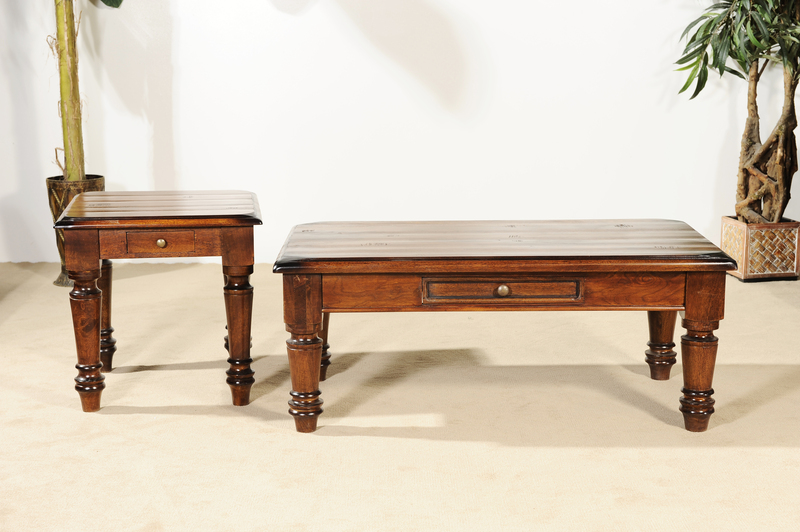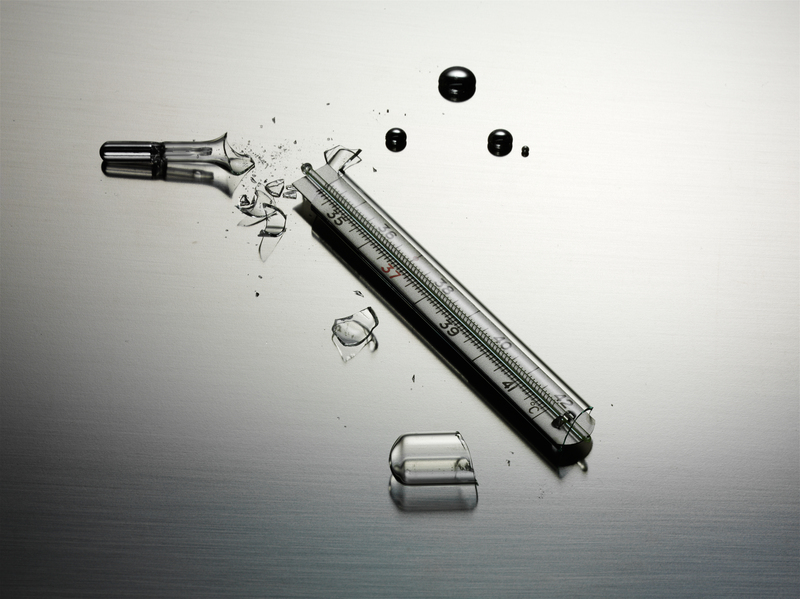When Should You Recycle Versus Toss Old Pots and Pans?
Every kitchen accumulates a collection of old pots and pans over the years. As nonstick surfaces wear away, handles come loose, and metal gets warped, you're eventually faced with a crucial question: Should you recycle or throw away old cookware? Knowing when to recycle versus toss out those battered pots and pans is essential--both for the environment and your own health. This SEO-optimized guide will help you decide the most responsible path for each piece of kitchen equipment.
Why Disposing of Cookware Properly Matters
Most people don't realize that improper disposal of old cookware can be detrimental to the environment. Many kitchen pans are made of materials that don't biodegrade and can pollute landfills for decades. Proper recycling not only conserves resources but helps keep toxic chemicals and metals away from the ecosystem. By understanding your options for recycling and disposal, you can significantly decrease your household's environmental footprint.

Understanding the Materials: Pots and Pans at a Glance
Before deciding whether to recycle or toss cookware, it's essential to recognize the different materials pots and pans are made from. Each type affects how you dispose of them.
- Aluminum: Common in lightweight nonstick pans and some saucepans. Easy to recycle but may have coatings to consider.
- Stainless Steel: Durable and highly recyclable, often used in professional kitchens.
- Copper: Sometimes lined with tin or stainless steel, copper pans boast high heat conductivity--recyclable but sometimes restricted due to inner linings.
- Cast Iron: Tough and long-lasting. Usually recyclable but can last generations if restored.
- Nonstick (Teflon or Ceramic Coating): These pots and pans have special coatings that can complicate recycling.
- Glass or Ceramic Bakeware: These are rarely accepted in curbside recycling programs.
Common Reasons to Discard or Recycle Cookware
Is your pan past its prime? Here are the most common signs your cookware should be replaced:
- Visible warping or cracked handles
- Heavily scratched, flaking, or peeling nonstick surfaces
- Corrosion, rust, or deep pitting
- Broken or missing parts (lids, handles, rings)
- Thinning metal exposing core layers
Tip: If the pan can't be repaired or safely used, it's time to decide between the trash can and the recycling bin.
When Should You Recycle Old Pots and Pans?
Recycling old cookware is not only environmentally responsible but can also be quite simple in many cases. Here's when to opt for recycling:
1. When Pans Are Made from Recyclable Metals
Most cookware made from single metals, such as stainless steel, aluminum, or cast iron, is highly recyclable. These metals can be melted down and reused repeatedly with little degradation in quality. Recycling centers and scrap metal dealers often accept old pots and pans, even if they're battered or broken.
- Stainless steel and aluminum are among the most widely recycled metals north America, Europe, and many other regions.
- Cast iron can last for centuries, but if it's truly unusable, drop it off at a scrap metal yard.
2. If Local Scrap Metal Programs Accept Cookware
Check with your local scrap metal recycling facility--many have designated drop-off locations for kitchen items. Some city recycling programs do not take cookware through curbside bins, but local scrap dealers will often accept them for free or even pay a modest fee.
- Call the center ahead to confirm their guidelines.
- Remove non-metal parts like plastic handles or silicone grips if requested.
- Make sure pans are clean (food residue isn't a problem for scrap yards, but helps with curbside programs if accepted).
3. When Nonstick Pans Have Minimal Coating Left
Nonstick-coated pans present a complication due to PTFE (Teflon) or ceramic surfaces. If the coating is almost entirely worn away, your local recycler may accept the pan as scrap metal (after removing plastic handles). If not, call your local facility to ask about specific disposal guidelines.
Some brands now offer recycling programs for their own nonstick products. Check the manufacturer's website to see if this is available--they may provide mail-in or drop-off options.
When Is Tossing Old Cookware the Only Option?
Unfortunately, not all old pots and pans can be recycled through conventional means. Several scenarios mean you'll need to dispose of cookware in the trash:
1. Non-Recyclable Materials or Mixed Construction
- Glass and ceramic cookware is rarely accepted in normal recycling collections--these materials melt at different temperatures than typical recyclables, contaminating batches.
- Pots and pans with large plastic, silicone, or wood components tightly bonded to metal are difficult to process and often aren't accepted by scrap yards.
2. Heavily Coated, Damaged Nonstick or Anodized Surfaces
When a nonstick pan is flaking or severely scratched, or if you can't remove a hazardous or chemical coating, the safest route is to throw it away. Do not attempt to incinerate or melt these materials yourself--fumes can be toxic.
3. Cookware With Severe Rust or Biohazard Contamination
If a pan is covered with mold, severe rust, or chemical residue that hasn't been thoroughly cleaned, it's better to toss it. Recycling centers generally do not want contaminated kitchen waste, as it can damage equipment and be a safety hazard.
How to Prepare Old Pots and Pans for Recycling
Preparing your old cookware properly ensures it is accepted by recycling facilities:
- Remove all non-metal parts: Take off plastic, silicone, rubber, or wooden handles, lids, and knobs. This may require unscrewing or prying with pliers.
- Clean the cookware: Rinse off food, oils, or debris. While not always required, this step is considerate for recycling workers.
- Group similar metals: If possible, sort by type for scrap yards (aluminum, cast iron, etc.).
- Check size/weight limits: Some curbside programs have size restrictions. Very large or heavy pans should be brought directly to the local scrap yard.
Alternatives to Tossing: Upcycling and Donation
Before deciding to recycle or throw out a pan, consider alternative ways to extend its life:
1. Donation
If the pan is still functional--even with cosmetic imperfections--consider donating it.
- Thrift stores, homeless shelters, or community kitchens are often glad to accept gently used cookware.
- Be honest about wear and make sure pans are clean and safe for use.
2. Upcycling and Repurposing
Old pots and pans can gain new life outside the kitchen:
- Use cast iron pans as plant saucers or garden art.
- Turn small saucepans into quirky planters or bird baths.
- Large stockpots make excellent compost collectors or outdoor storage bins.
- Transform handles into hooks, or lids into pie-plate wall art.
Get creative--many old kitchen items can be upcycled with a little imagination!
Health and Environmental Impacts of Cookware Disposal
Why is responsible cookware disposal so important?
- Nonstick coatings (PTFE) can release harmful fumes if overheated or incinerated.
- Heavy metals (such as copper or aluminum) should not end up in landfills, where they may leach into soil and groundwater.
- Recycling saves raw resources and decreases the energy required for new metal production.
Improper disposal is not only wasteful, it can be dangerous to people, pets, and wildlife.
Top Questions: Recycling vs. Tossing Cookware
1. Can all pots and pans go into my curbside recycling?
No, most municipal recycling programs don't accept cookware through curbside bins. Instead, take them to designated scrap metal recycling facilities.
2. What about pans with wood or plastic handles?
Try to remove wooden or plastic components before recycling. If this isn't possible, ask the scrap yard if they can still accept the item--many will, but some won't.
3. Are nonstick pans recyclable?
Nonstick pans are often only accepted if you can remove the coating or the pan is almost entirely metal. Always check with your local recycler. Some brands offer take-back programs for their own nonstick cookware.
4. Is it OK to donate old pans?
Yes, if the pan is still usable and safe. Do not donate heavily damaged, flaking, or unsanitary cookware.
5. What is the most eco-friendly way to discard old pots and pans?
Recycle when possible. If recycling isn't an option, upcycle or donate before considering trashing the item.
Step-by-Step Decision Guide: Should You Recycle or Toss?
- Step 1: Assess the material. Is it metal (aluminum, steel, cast iron)?
- Step 2: Check for coatings. Is it nonstick (Teflon, ceramic)? Is it heavily flaking or damaged?
- Step 3: Remove non-metal parts. Take off handles, knobs, and lids.
- Step 4: Contact your local recycler. Ask if they accept your pan's material and any special prep needed.
- Step 5: Prepare for drop-off (clean, group metals, etc.) or donate/repurpose if possible.
- Step 6: If not recyclable or repurposable, dispose in regular trash--last resort.

Conclusion: Making Sustainable Choices in the Kitchen
Deciding when to recycle old pans versus toss them out is about balancing convenience, safety, and environmental responsibility. In summary:
- Metal pots and pans (without coatings or non-removable parts) are often recyclable--check your nearest scrap metal facility.
- Nonstick, glass, or composite-material cookware is toughest to recycle; consider take-back programs, donation, or upcycling.
- Never donate or recycle unhealthy, biohazardous, or heavily flaking nonstick pans--these should go in the trash.
- Keep cookware out of landfills whenever possible to support sustainability and resource conservation.
By following these practical steps, you can ensure your old pots and pans are disposed of in the most responsible and environmentally friendly manner possible. Next time you clean out your kitchen cabinets, use this guide to choose whether to recycle, repurpose, or toss--and join the movement for a cleaner planet!
Further Reading and Resources
- Earth911's Recycling Search - Find local recycling centers near you.
- EPA Guide to Materials Recovery Facilities
- Recycle Coach - Personalized recycling information for your area.
- Donate to Goodwill
Your eco-friendly kitchen starts today--make the right choice for your old pots and pans!